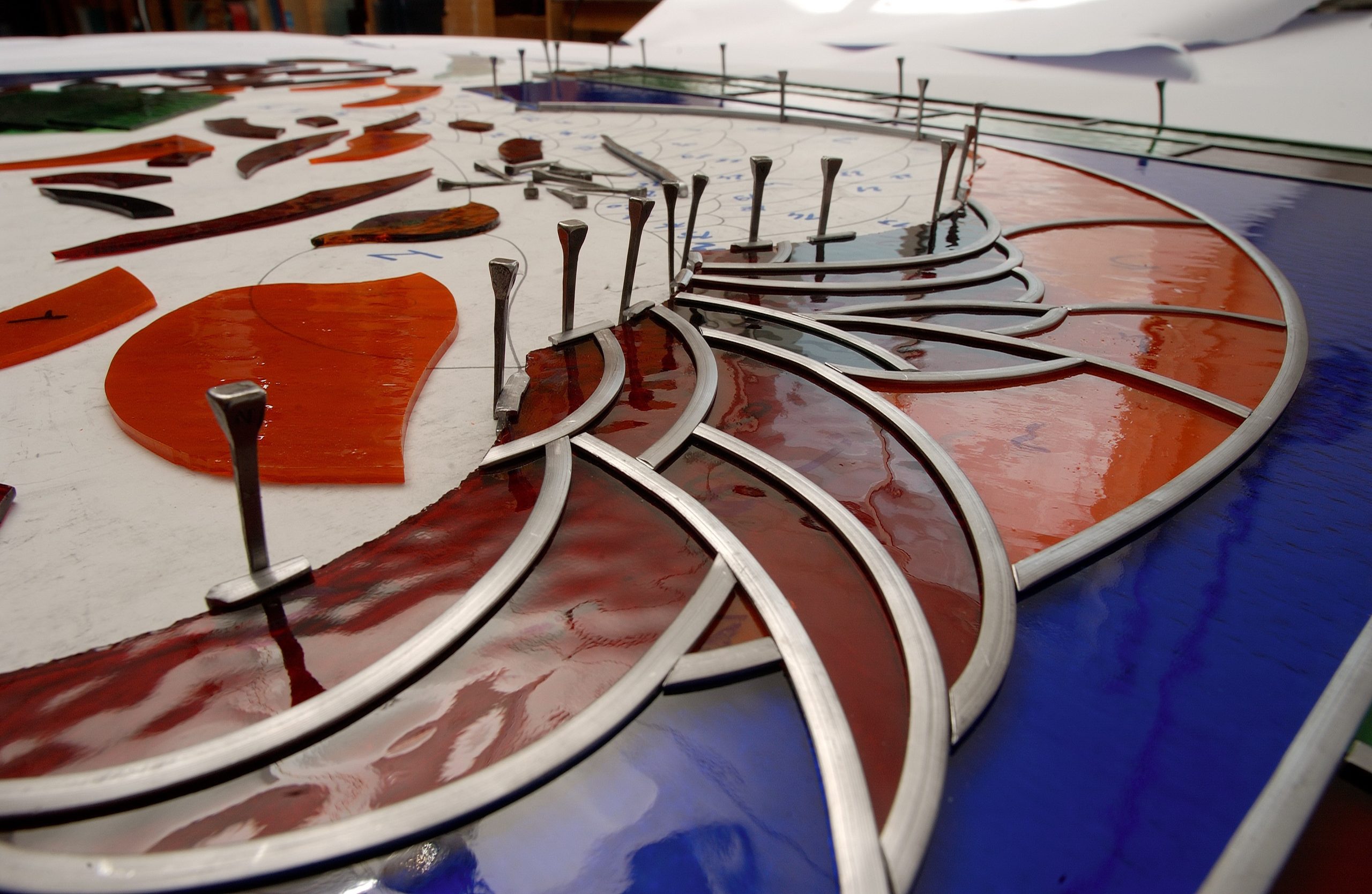The Timeless Beauty of Stained Glass: A Kaleidoscope of Color and Artistry
Stained glass has been enchanting and captivating viewers for centuries, with its intricate designs, vibrant colors, and the mesmerizing interplay of light and shadow. From ancient cathedrals to modern architectural masterpieces, stained glass continues to be celebrated as a medium that transcends time and tells stories through its unique beauty. In this article, we will explore the allure of stained glass, its history, techniques, and the profound impact it has on the spaces it adorns.
A Window into History: Stained glass, with its origins dating back to ancient civilizations, holds a significant place in the history of art and architecture. Initially used to adorn religious structures, such as churches and cathedrals, stained glass windows became a means of storytelling and conveying religious narratives to an often illiterate audience. The evolution of stained glass techniques, from the use of simple colored glass to intricate details and elaborate compositions, showcases the craftsmanship and dedication of the artisans who created these masterpieces.
The Dance of Light and Color: One of the most mesmerizing aspects of stained glass is its ability to transform light into a kaleidoscope of colors. When sunlight filters through the translucent glass, it bathes the surrounding space in a breathtaking display of hues, casting ethereal patterns on floors and walls. The interplay between light and color creates a dynamic and ever-changing environment, evoking a sense of wonder and awe. Stained glass truly brings architecture to life, enhancing the ambiance and elevating the overall experience of a space.
Artistry and Craftsmanship: Creating stained glass is a meticulous and labor-intensive process that requires a combination of artistic skill and technical expertise. From the initial design sketches to the selection of glass types and colors, every detail is carefully considered. Skilled artisans cut, shape, and assemble individual pieces of glass, joining them with lead or copper foil to create a cohesive composition. The artistry lies not only in the craftsmanship but also in the ability to create harmonious designs that evoke emotions and convey narratives.
From Sacred Spaces to Modern Marvels: While stained glass has its roots in religious architecture, its influence has expanded beyond traditional settings. Today, it can be found in a variety of spaces, including museums, public buildings, and private residences. Contemporary artists and designers continue to push the boundaries of stained glass, experimenting with new techniques, materials, and forms. The beauty of stained glass persists in its ability to seamlessly blend tradition with innovation, offering a glimpse of the past while embracing the possibilities of the future.
A Legacy of Beauty: The enduring appeal of stained glass lies in its ability to transcend time and connect with people on a deep emotional level. Its intricate beauty has the power to inspire and uplift, fostering a sense of tranquility and spirituality. Whether admired for its historical significance, artistic merit, or as an architectural element, stained glass remains an enchanting testament to human creativity and the enduring pursuit of beauty.
Stained glass continues to captivate and enchant with its timeless beauty. Its vibrant colors, intricate designs, and transformative qualities make it a truly remarkable art form. From the ancient cathedrals to contemporary structures, stained glass leaves an indelible impression on those who have the privilege to behold its radiance. As we marvel at the interplay of light and color, we are reminded of the enduring legacy of stained glass, and its ability to transcend time, bridging the gap between art and architecture, and touching the souls of those who experience its magnificence.
Mirodec is a regional leader in glass design and execution, specializing in decorative structures and furniture pieces. Know more about glass products and services by getting in touch today.

